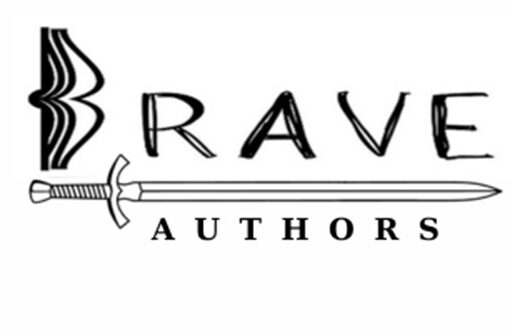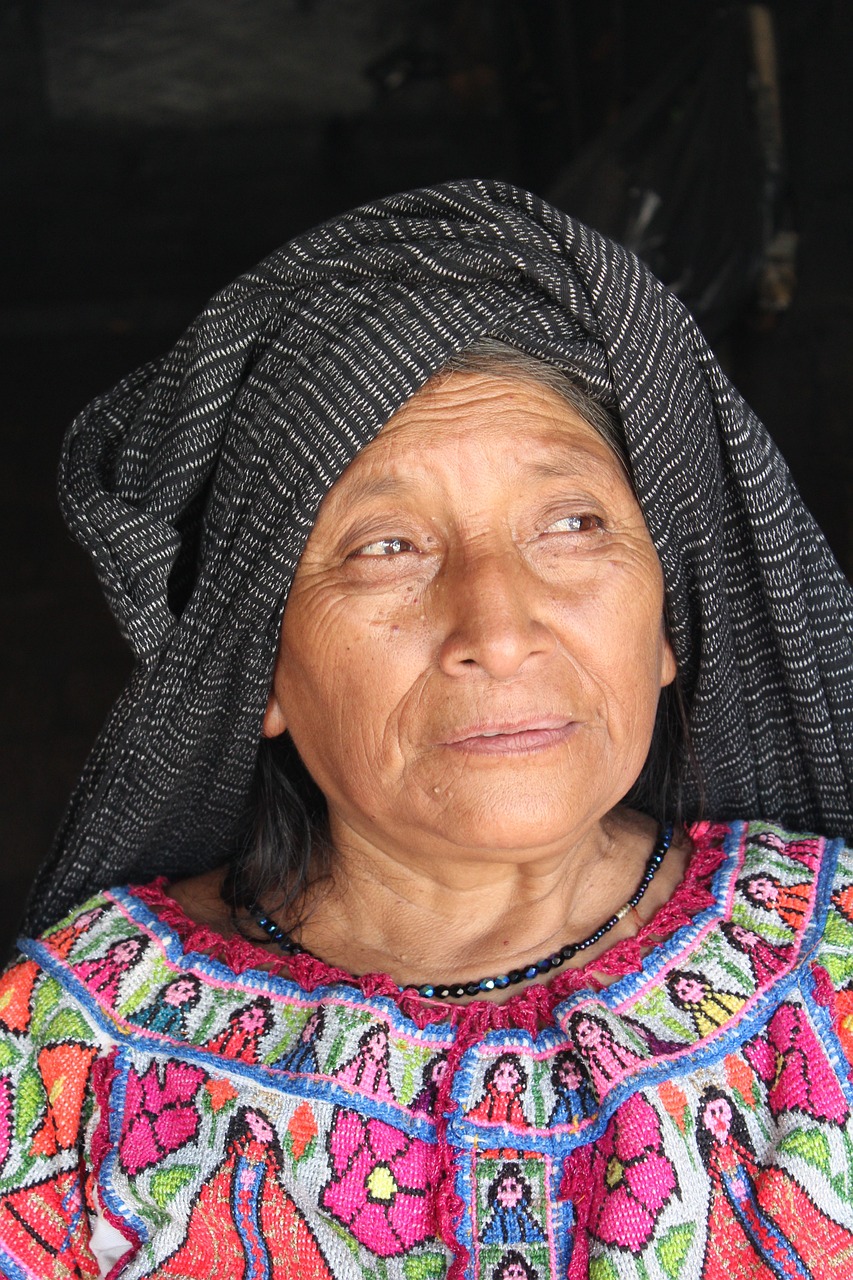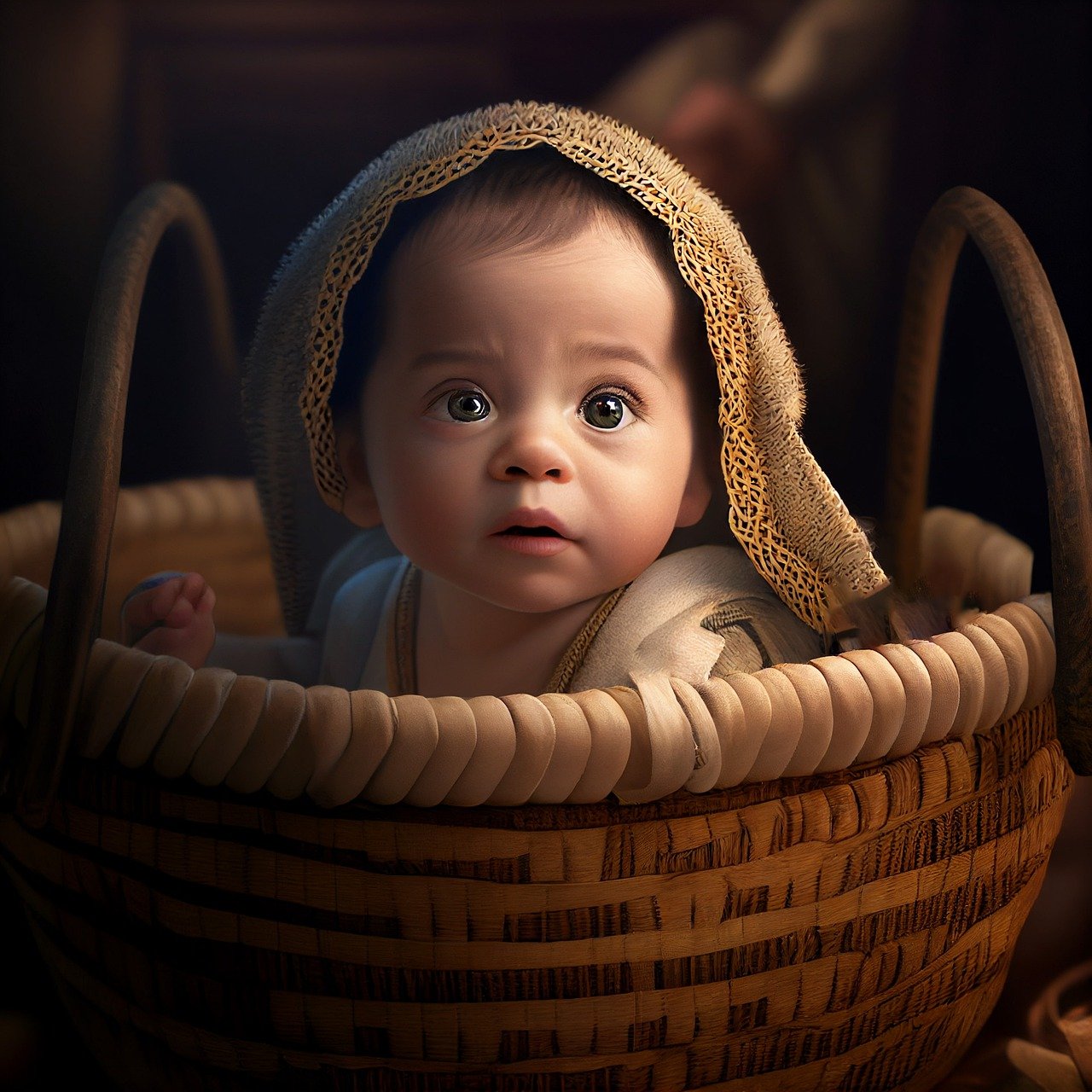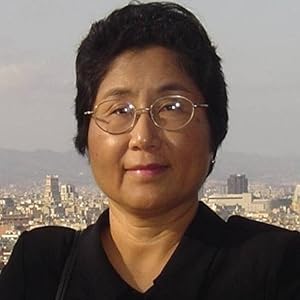By Rachel Kovaciny
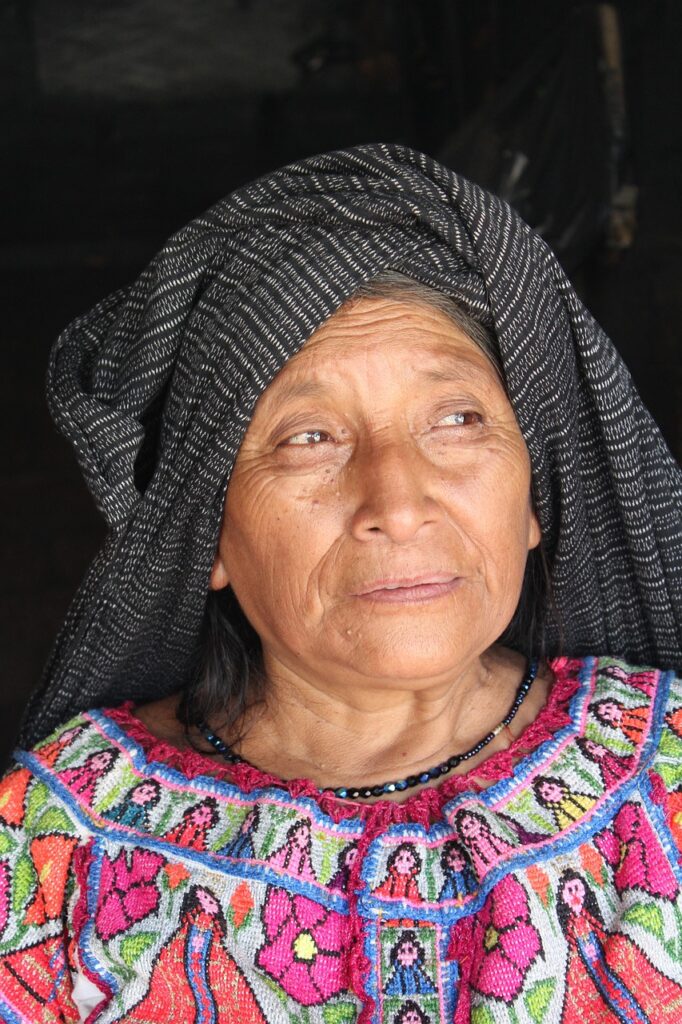
Objectively, we know that not everyone in every historical time period was a white person. Certainly, some historical eras in particular places would have had predominantly white populations – rural Regency England, for instance. Or Imperial Russia. But even in those times and places, a Jewish character or a traveler from some distant land would not be unrealistic. And yet, if you read the reams of Christian historical fiction written in the past few decades, you’ll mainly find books about white people, written by white people, or an occasional book by a non-white person about non-white people. Why?
Some may argue it’s because people keep buying this fiction, so it must be what they want. Others argue that it’s best to write about what you know, so you should only write about the ethnicity you belong to. And others simply find it scary to write about people who appear to be very different from themselves.
Let’s examine those three reasons, or excuses, or modes of thought – whatever you want to call them.
Why do Christian historical fiction readers buy mainly Christian historical fiction books featuring all-white or nearly-all-white characters? I have done zero formal research into this, but based on my observations of readers I interact with in real life and on book blogs and Bookstagram, it’s because that’s what’s available. You can’t really say “that’s what audiences want” if that’s all they have to choose from.
The second point is trickier. Writers should have a good knowledge of what they’re writing about, especially historical fiction authors. Research is a key part of any conscientious author’s process, and that is especially true when writing about time periods long ago. Thanks to the internet, online book sellers, and modern library systems, it is not terribly difficult or expensive to learn a wealth of details about a time long ago or a place far away. Similarly, it is very possible to learn about people of different ethnicities from your own. In fact, doing so is commendable, because it helps you see and understand the world around you better, whether you are an author or not.
I write historical fiction myself, mainly set in the American West during the classic Cowboy Era of 1865-1885. Thanks to a lifelong fascination with learning about American history, I was well aware of the reality of the Old West’s demographics before I ever started publishing historical fiction. Unlike what Hollywood has portrayed for a hundred years, cowboys weren’t all white. Pioneers weren’t all white. In fact, Black, Hispanic, and Native American cowboys made up a significant portion of the cowboys operating cattle drives and ranches. Similarly, many Black Americans became homesteaders. Chinese immigrants participated in the gold rushes and helped build the railroads across the West. Hispanic vaqueros came up with most of the cowboy gear you might be familiar with from lariats to spurs to chaps to saddles with a high horn for turning a rope around. Even the word “buckaroo” is a mispronunciation of the Spanish word vaquero, which means “cow-herder” or “cattle driver.”
So, when I started writing a series of westerns, I was determined to do my best to portray some of that real-life diversity of the Old West. But I was also aware that I have only ever been a white person, and I would probably portray other ethnicities inaccurately. I might even unintentionally portray them unkindly. So, for any book that has significant roles played by minority characters, I do my best to find a couple of readers of that same ethnic background who are willing to read my book before it’s published and help me correct my mistakes. This has been invaluable, as I have always made gaffes or blunders when writing that these readers can help me address so that my books will not only portray these fictional characters more accurately, but as kindly and lovingly as I can.
Now, back to that third point, that it’s scary to write about people who are from a different ethnic background from yourself. I do get that, in a way. I don’t think it’s the writing that’s scary, but rather, it’s the potential for people to get upset with you. It feels safer to write about white people, if you are a white person, because then you can’t be accused of cultural appropriation, or of stereotyping. If you are a non-white person, you might feel you should write about your own ethnicity. And those are worthy things to keep in mind, because exploiting others is never God-honoring. A conscientious Christian author should work hard to be respectful of others, of their culture and traditions, and not try to exploit them or use them in a disrespectful or unkind way. And any good writer naturally wants to avoid using stereotypes.
Have I been worried about how my books will be received? Absolutely. I spent a lot of time in prayerful consideration before, during, and after writing my Snow White retelling One Bad Apple, which features Black pioneers as the majority of the characters, including as the Snow White, Wicked Witch, and Handsome Prince characters. I did a lot of research about Chinese immigrants for My Rock and My Refuge. I researched the Cheyenne peoples for Cloaked, particularly how a half-white, half-Cheyenne child would have been treated by both white and native people. I’m starting to research life with limb loss after the American Civil War for my next book, and I’m already seeking someone who has experienced losing a limb to read that book (once I’ve written a couple of drafts) and tell me what I’m getting wrong so I can rewrite it until I get it right.
In the past ten years or so, I have noticed a definite trend in all of Christian fiction, whether historical or contemporary, to portray a more diverse set of people, when and where appropriate. So many historical periods provide a rich opportunity to include people from a wide variety of backgrounds and cultures, and I’m glad to find more of these being used in accurate and thoughtful ways. I hope that trend expands, because it can only benefit readers. By learning about all the people God has created, we can’t help but learn more about our Creator too.
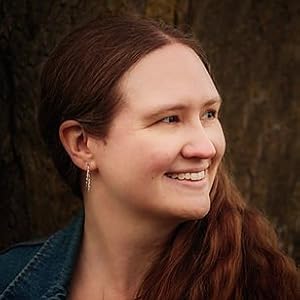
About the author
Born only a few miles from where Jesse James robbed his first train, Rachel Kovaciny has loved westerns all her life. She says they’re where her imagination feels most at home. A Christian wife and mother, Rachel homeschools her children. In her spare time, she writes a newspaper column on Old West history for the Prairie Times.
Her book “My Rock and My Refuge” was the 2023 WILLA Literary Award Finalist in Young Adult Fiction and Nonfiction and the 2023 PenCraft Awards second place winner for Christian Historical Fiction.
Her book “Cloaked” was a finalist for the 2018 Peacemaker Awards for Best Western YA/Children’s Fiction.
